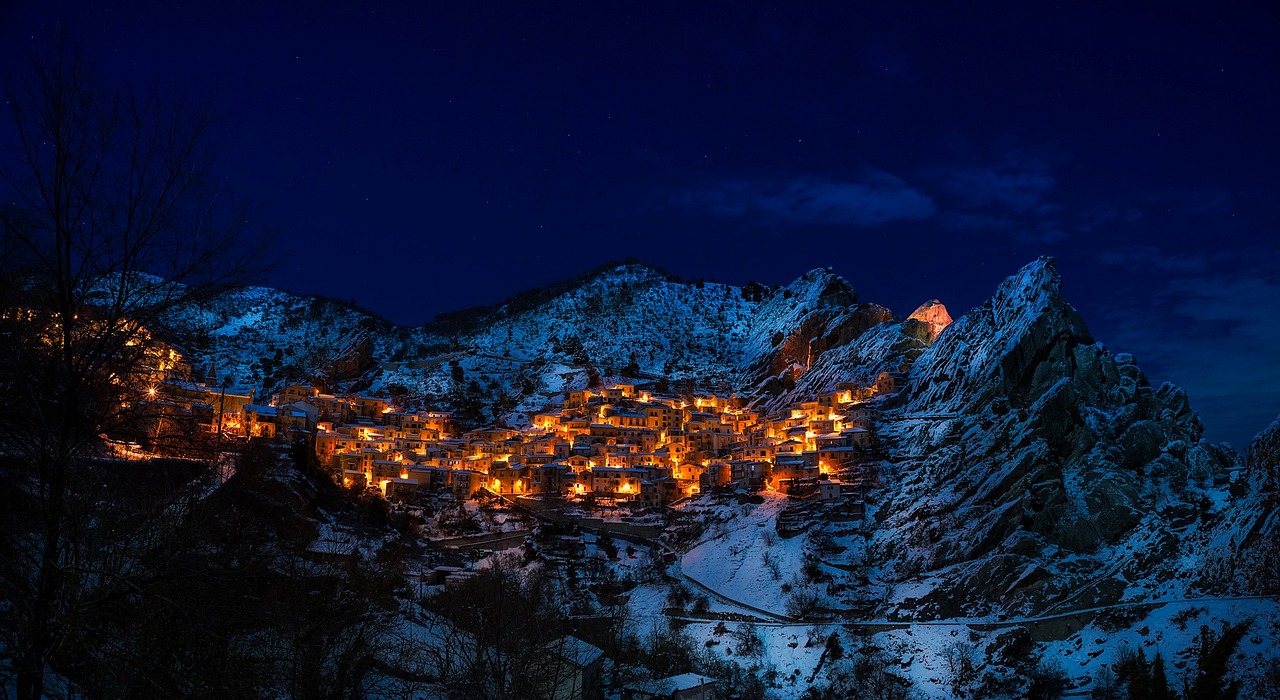Pomorie’s Mysterious Ancient Beehive Tomb stands as a testament to the architectural prowess of the past. This enigmatic tomb, believed to have been a mausoleum for a wealthy Anhialo family, captivates visitors with its impressive construction and intriguing design. Nestled west of Pomorie, Bulgaria, this archaeological site dates back to the 2nd-3rd century AD and has garnered attention from architects worldwide.
The beehive tomb boasts a remarkable 22-meter-long corridor leading to a round chamber, characterized by its striking architecture. Built with stone and bricks, the chamber reaches a height of 5.50 meters and has a diameter of 11.60 meters. Its semi-cylindrical arch adds an element of grandeur to the structure. Inside the tomb, a hollow column with a winding staircase and five niches for urns of the deceased can be found.
While the walls may have once been adorned with drawings, only remnants of green plaster remain. Recognizing its historical and cultural significance, the tomb was designated an architectural and constructional monument in 1965. From June to September, visitors can explore this captivating site, while group visits can be arranged upon request. Discover the allure of Pomorie’s Mysterious Ancient Beehive Tomb and witness the marvels of ancient craftsmanship.
Key Takeaways
- The beehive tomb in Pomorie, Bulgaria is an antique tomb believed to have served as a mausoleum for a wealthy Anhialo family.
- The tomb consists of a 22m long corridor and a round chamber, with a diameter of 11.60m and a height of 5.50m.
- The tomb features unique architecture and construction, including a hollow column with a winding staircase and five niches for urns of the deceased.
- The tomb is open for visitors from June to September, with different opening hours in the winter and summer seasons.
What is it?
The antique beehive tomb in Pomorie, Bulgaria, is a historical structure dating back to the 2nd-3rd century AD, believed to have served as a mausoleum for a wealthy Anhialo family, and known for its unique architecture and construction. The tomb holds great significance in understanding the historical context of the region. It provides insight into the religious and cultural practices of the time, as religious pagan rituals were performed within its walls. The tomb consists of a long corridor and a round chamber, built with stone and bricks, and arched by a semi-cylindrical arch. Its impressive architecture and construction have attracted the attention of architects from around the world, leading to its declaration as an architectural and constructional monument in 1965. The tomb stands as a testament to the rich history and heritage of the Balkan Peninsula.
Architecture and Construction
Constructed with a combination of stone and bricks, the beehive tomb in Pomorie showcases an impressive architecture and construction, captivating the attention of architects worldwide. The tomb consists of a 22-meter long corridor leading to a round chamber with a diameter of 11.60 meters and a height of 5.50 meters. It is arched by a semi-cylindrical arch and features a hollow column at its center, which houses a winding staircase. The tomb also includes five niches for urns of the deceased. Although the walls may have once been adorned with drawings, only traces of green plaster remain. The unique design of the beehive tomb on the Balkan Peninsula has influenced and inspired architectural projects around the world. Efforts have been made to preserve and protect this architectural and constructional monument, which was declared as such in 1965.
Opening Hours
Operating hours for the antique beehive tomb in Pomorie are subject to seasonal changes and vary throughout the year. To ensure a convenient visit, it is important to take note of the following information:
-
Summer Season Opening Hours: From June to September, the tomb is open every day from 9:00 am to 8:00 pm. This extended schedule allows visitors ample time to explore the impressive architecture and historical significance of the tomb.
-
Winter Season Opening Hours: From October to May, the tomb has a different schedule. On weekdays, it is open from Monday to Friday, with morning hours from 10:00 am to 12:00 pm and afternoon hours from 1:00 pm to 6:00 pm. On Saturdays, the tomb is open from 10:00 am to 3:00 pm.
-
Group Visits: For groups of more than 10 people, it is possible to arrange a visit outside the regular opening hours upon request. This option provides an opportunity for a more personalized and immersive experience at the beehive tomb.
With these specific opening hours, visitors can plan their visit accordingly and have the chance to explore the historical significance of this unique architectural monument in Pomorie.
Frequently Asked Questions
What is the significance of the religious pagan rituals performed in the beehive tomb?
The religious pagan rituals performed in the beehive tomb hold great significance in terms of cultural importance. For example, these rituals may have served as a way to honor and communicate with the deceased ancestors, reinforcing social and familial bonds within the community.
How many urns would typically be placed in the five niches for the deceased?
The archaeological findings suggest that the five niches in the beehive tomb were intended to hold urns of the deceased. The significance of urn placement in these niches is not specified in the given information.
Are there any known drawings or artwork that once covered the walls of the tomb?
The walls of the beehive tomb in Pomorie may have once been adorned with drawings and artwork, although only traces of green plaster remain. These artistic features would have added to the historical importance and cultural significance of the tomb.
How many architects from around the world have studied the beehive tomb in Pomorie?
Architectural research on the beehive tomb in Pomorie has attracted the attention of several architects from around the world. This highlights the tomb’s historical significance and its impressive architecture and construction. The exact number of architects involved in the research is not specified.
What are some recommended attractions to visit in the area surrounding the tomb?
Attractions and sightseeing opportunities abound in the area surrounding the beehive tomb in Pomorie. Visitors can explore the charming town of Pomorie, enjoy the beautiful beaches, visit the Salt Museum, or take a boat tour to the nearby St. Anastasia Island.












